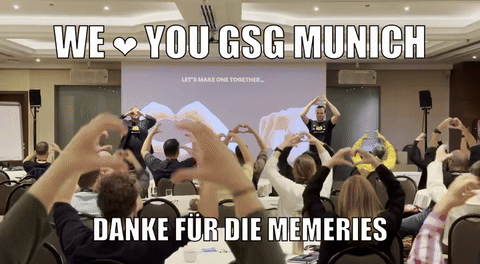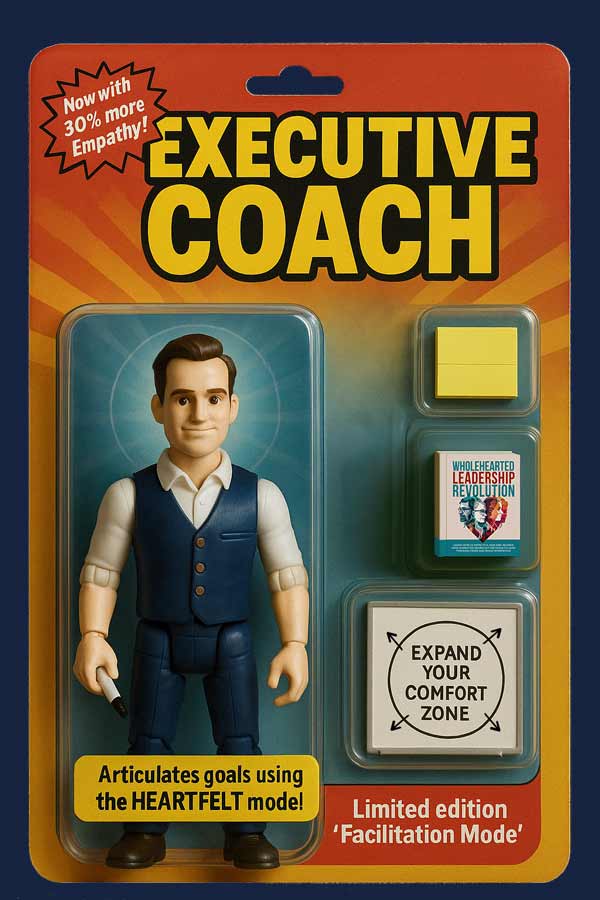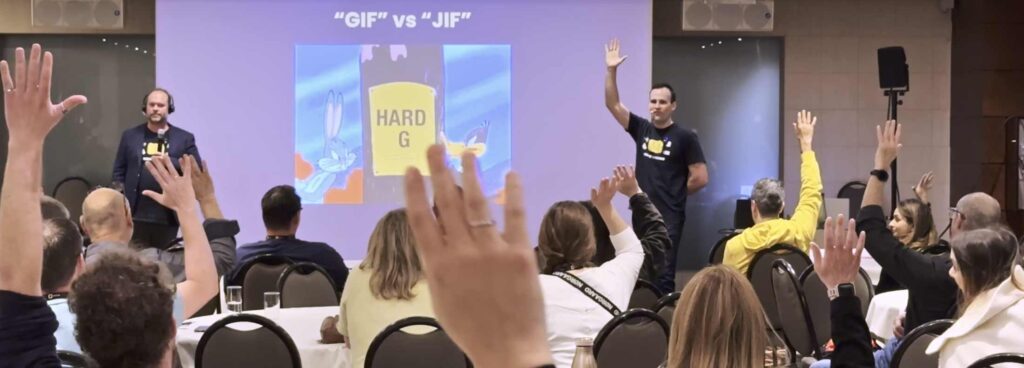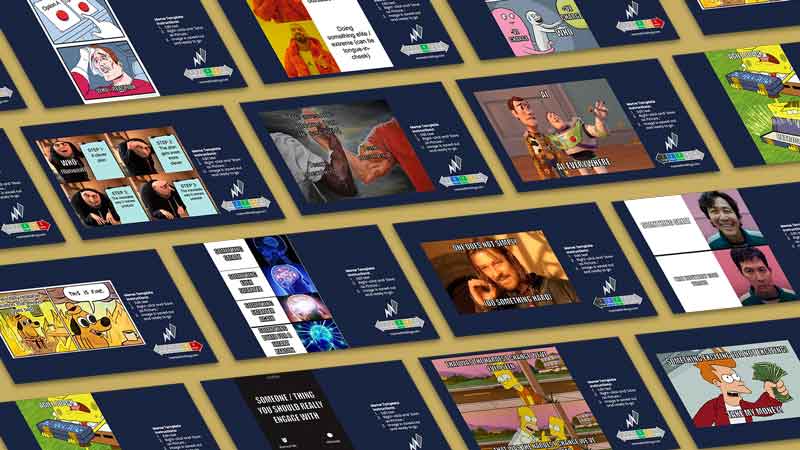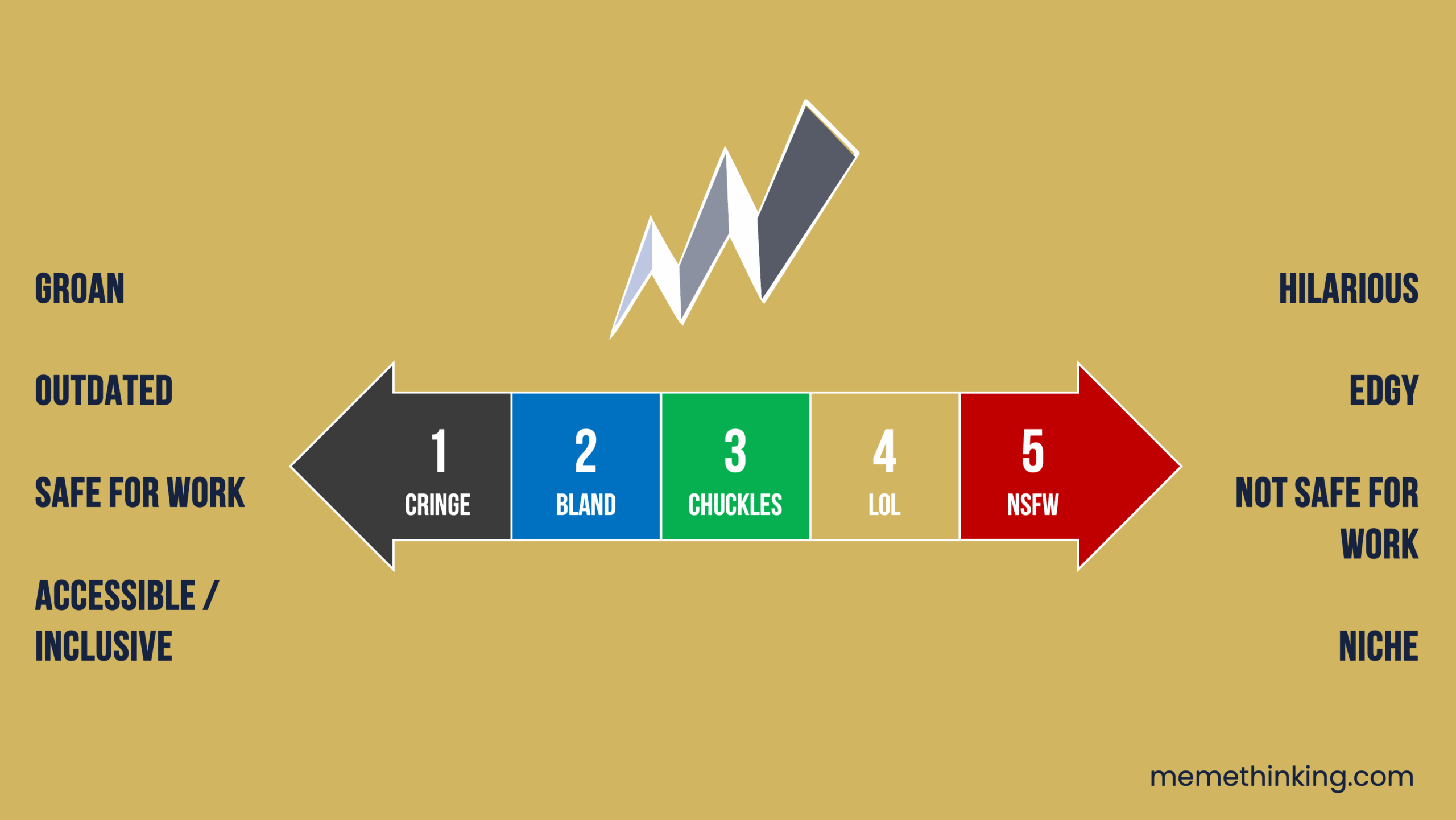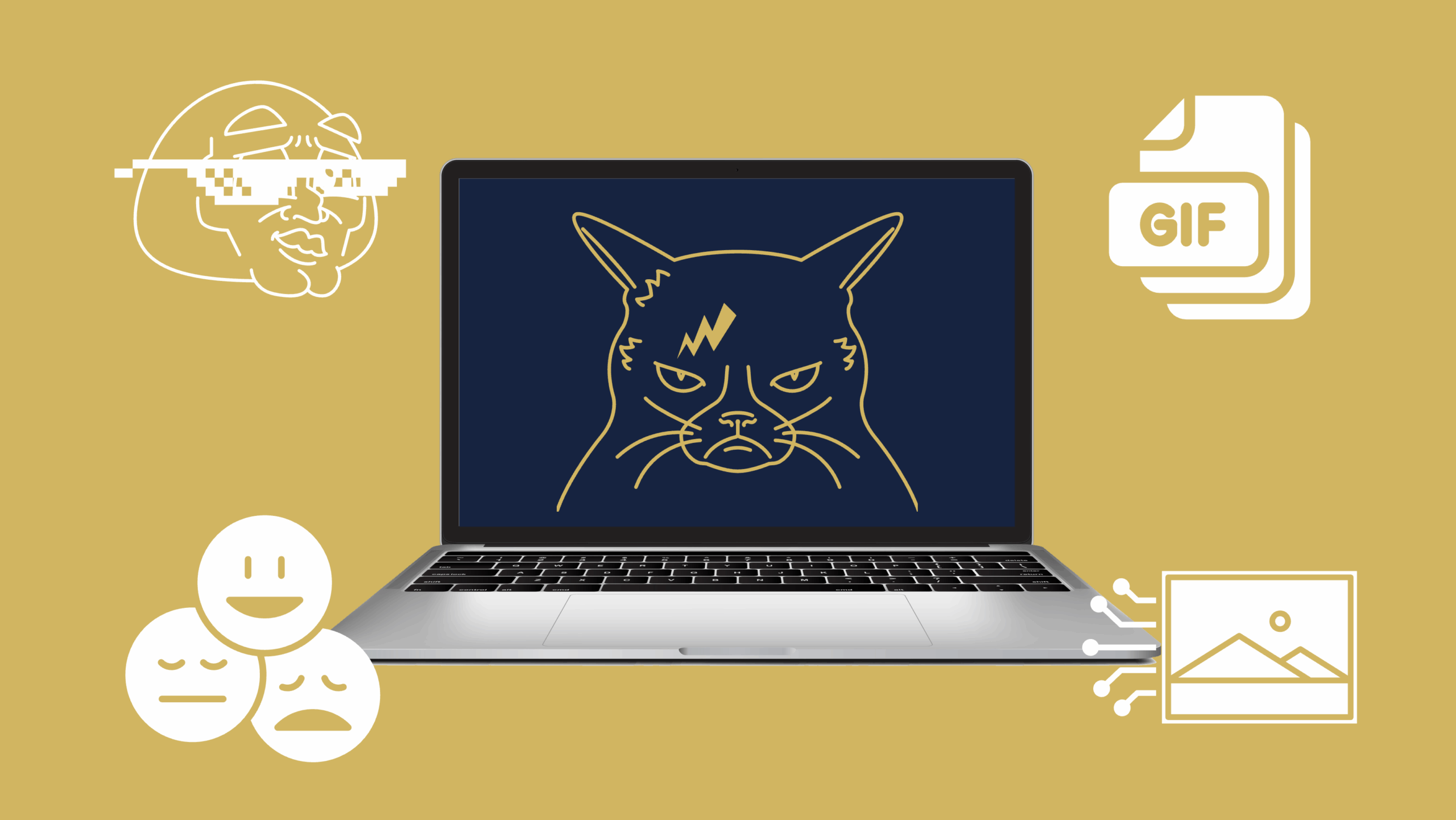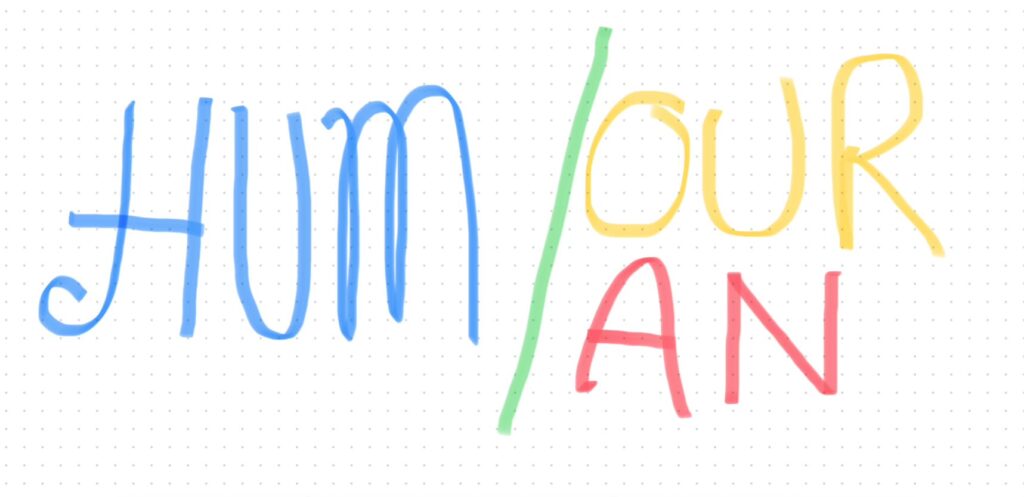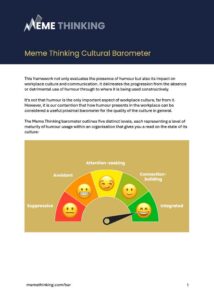Sally Sloley has created a movement on LinkedIn with her ‘Stop Bad Agile’ memes. Each post features a bird and a short bite of wisdom for organisations looking to get the best from agile ways of working. These birds have caused quite a ruckus with lovers and haters alike—but remember, if you don’t have haters, you’re probably not saying anything of consequence.
Over the last couple of years, Sally has continued this mission to Stop Bad Agile, generating over 130 hand-drawn birds, and is soon to release a book compiling all the juicy wisdom.
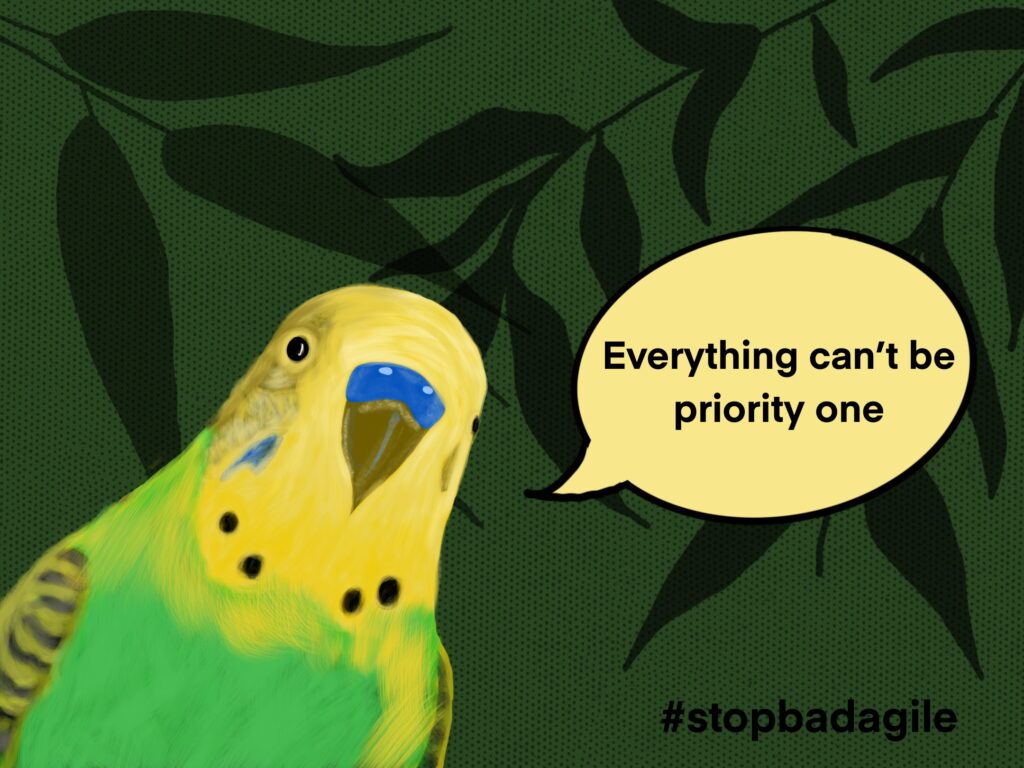
The Dynamic Duo of Agile
Sally and her husband Alex are each a force in the international Agile community, regularly touring the globe to speak at conferences worldwide.
Sally’s passions are many and varied, but two stand out clearly on her social media: Her love of painting birds, and her drive to stop bad Agile.
Why Stop Bad Agile?
Agile as a methodology—and as an industry—has copped a bad rap over the years. From half-baked implementations that adopt Agile practices in name only (aka “Wagile”), to external consultants making promises Agile can’t keep just to extract a paycheck from yet another unsuspecting behemoth (aka “Fragile”).
It’s no wonder most large organisations are tired of hearing about Agile—if they haven’t given up on it already.
It’s clear Agile is no longer the flavour of the month. Many large organisations are pulling back and laying off key Agile roles en masse. Even flagship industry bodies such as Scrum Alliance are shifting their language to refresh how Agile is perceived.
Have corporates thrown the baby out with the bathwater? In most cases, yes. The real question is: Is it too late to turn it around?
Enter: Sally Sloley
Sally is someone who not only believes it’s never too late to stand up for what she believes in—but has the courage to do it.
Sally has been posting her ‘Stop Bad Agile’ birds since May 2023. She saw the writing on the wall and began sounding the alarm in a unique and clever way:
- It started as text-only posts calling out harmful Agile practices.
- She received feedback: add images to stand out online.
- She added birds—initially the same bird each time.
- More feedback: use different birds. Again, she iterated.
- Instead of relying on AI, she bought Procreate, took drawing lessons, and started painting her own birds.
We love how Sally followed her own Agile advice, starting small and iterating as she went to continuously improve over time. Sally says she’s not an artist, but after painting hundreds of birds… we disagree—these birds are gorgeous!
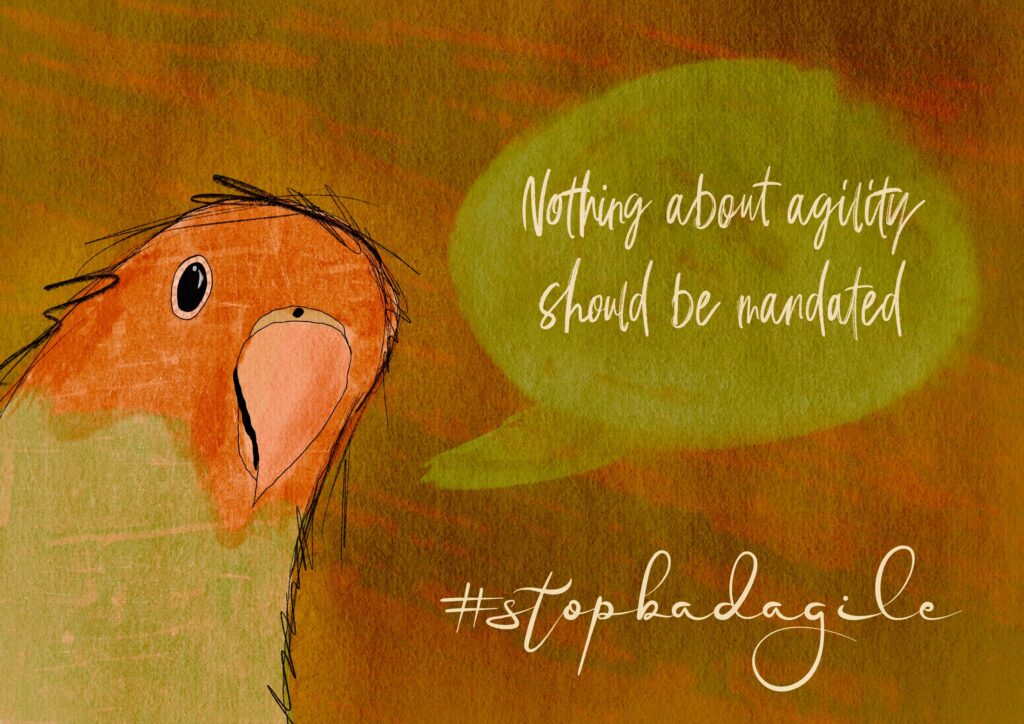
Professional Courage in a Feathered Package
It takes real chutzpah to do something like this publicly as an industry professional. Here’s why:
- These posts might be unpopular with potential employers. They contrast starkly with the silver-bullet promises some consultants whisper to win contracts and line their pockets with, well, silver.
- Calling out real-world practices as anti-patterns risks offending colleagues who may feel differently—or who may have advocated those very patterns.
- Strong public positions always invite passionate disagreement, and online polarisation is only growing.
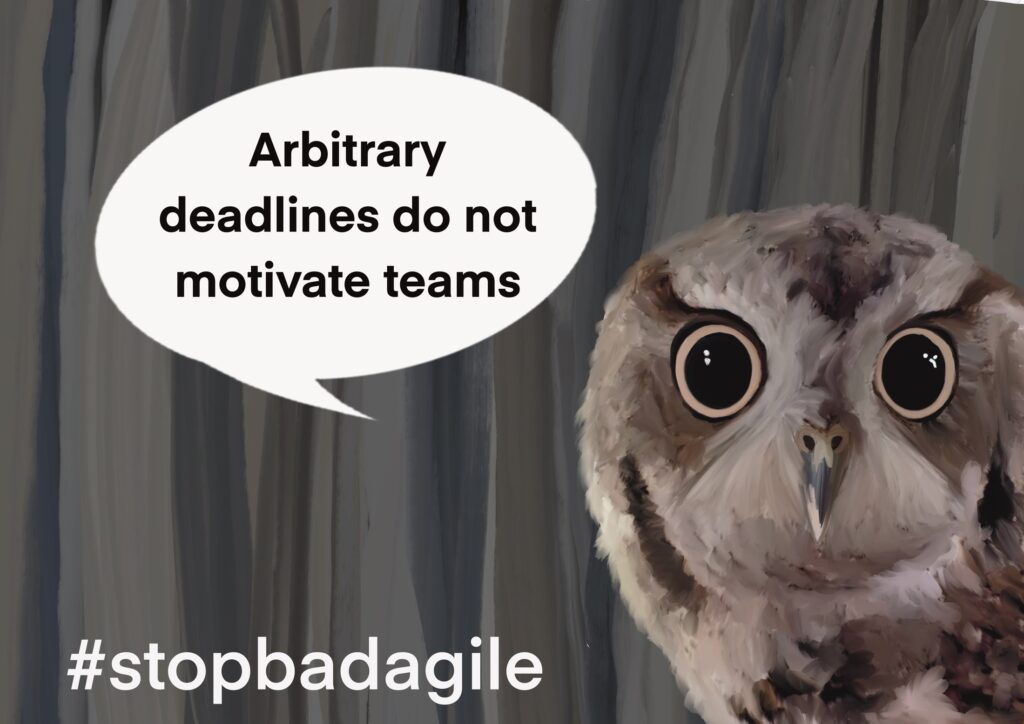
The Meme Thinking Connection
So how do you tackle important but sensitive topics at scale? Lean on Meme Thinking.
Sally might not call it that, but her approach aligns perfectly (call it great minds think alike). It taps into all the benefits we espouse for Meme Thinking:
- Her memes feature innocent-looking birds that deliver sharp Agile insights.
- Who can take a bird’s opinion personally? They’re non-judgemental, disarming, and irresistibly cute.
- This appearance belies the deeper truths they carry—allowing them to act as a “Trojan Horse-field’s Bronze Cuckoo” (I’m not sorry) to deliver the hard stuff past the usual defences.
For those playing along at home, that’s three out of three benefits of Meme Thinking (cutting through the noise, setting the emotional tone, and seeding connection). In the words of Principle 8: These birds make the hard stuff easier.
Here at Meme Thinking, our hats are collectively off to Sally and her birds.
Follow Sally on LinkedIn or over on her website to stay abreast of her birds and her book launch to soon follow.


